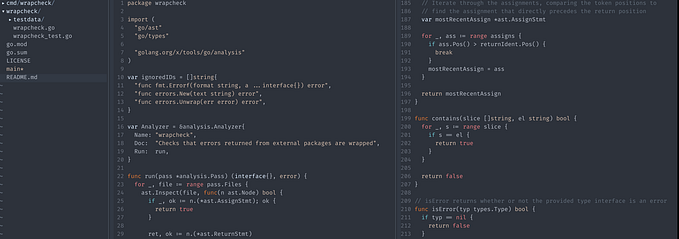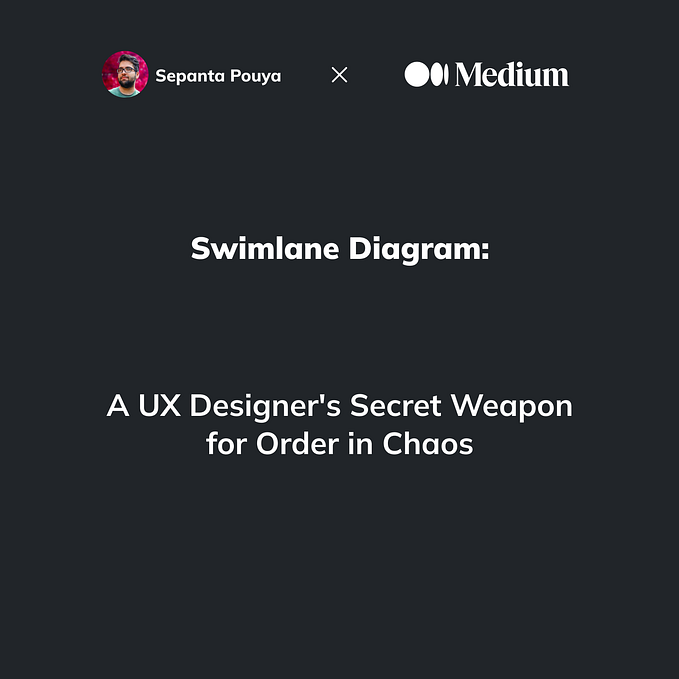Member-only story
A Brief Understanding of COLREG 1972 (International Regulations for Preventing Collisions at Sea)
This article provides a brief analysis of specific rules and technical specifications from the International Regulations for Preventing Collisions at Sea (COLREG). It covers a range of topics including the definitions, positioning, and technical details of marine navigational lights and shapes as outlined in the COLREG 1972. The discussion spans from the fundamental definitions in Rule 21 to the intricate requirements of light intensity and sectors in Annex I.
Each section meticulously examines the stipulations for different vessel types, ensuring comprehensive coverage of the regulations. The aim is to distill these complex regulations into a clear, accessible format, enhancing understanding and compliance among maritime professionals and enthusiasts.

Rule 21 — Definitions:
- Masthead light: A white light placed over the centerline, visible over a 225-degree arc from ahead to 22.5 degrees abaft the beam on either side.
- Sidelights: A green light on the starboard side and a red light on the port side, each showing an unbroken light over a 112.5-degree arc from right ahead to 22.5 degrees abaft the beam. For vessels under 20 meters, these can be combined into one lantern.
- Sternlight: A white light at the stern, showing an unbroken light over a 135-degree arc from right aft on each side of the vessel.
- Towing light: A yellow light with the same characteristics as the sternlight.
- All-round light: A light showing unbroken over 360 degrees.
- Flashing light: A light flashing at regular intervals at a frequency of 120 flashes or more per minute.

Rule 22 — Visibility of Lights:
Specifies the minimum visibility range for different lights on vessels of varying lengths. For example, masthead lights must be visible for 6 miles on vessels 50 meters or longer, and sidelights must be visible for 3 miles on the same vessels.










